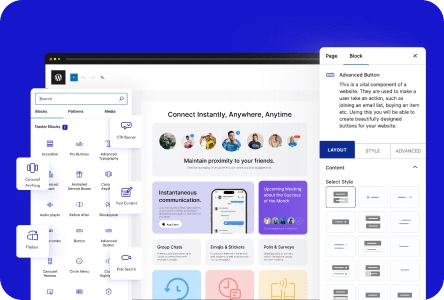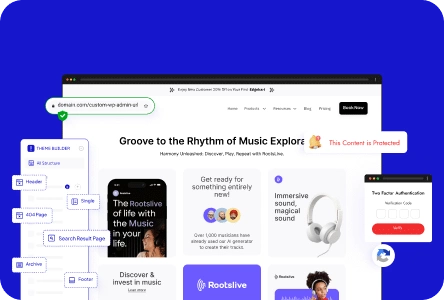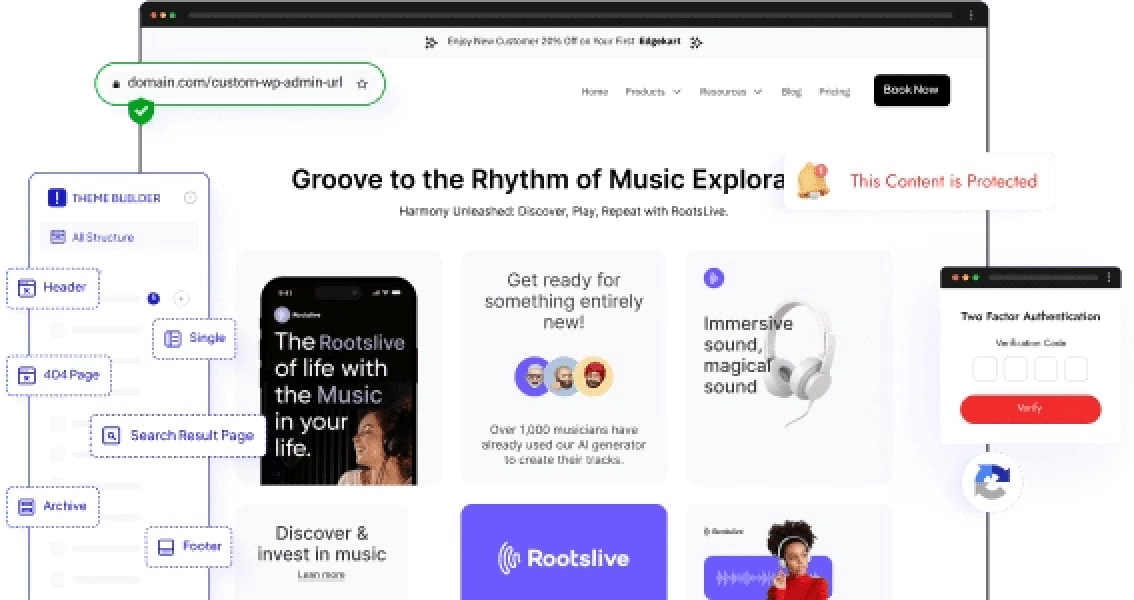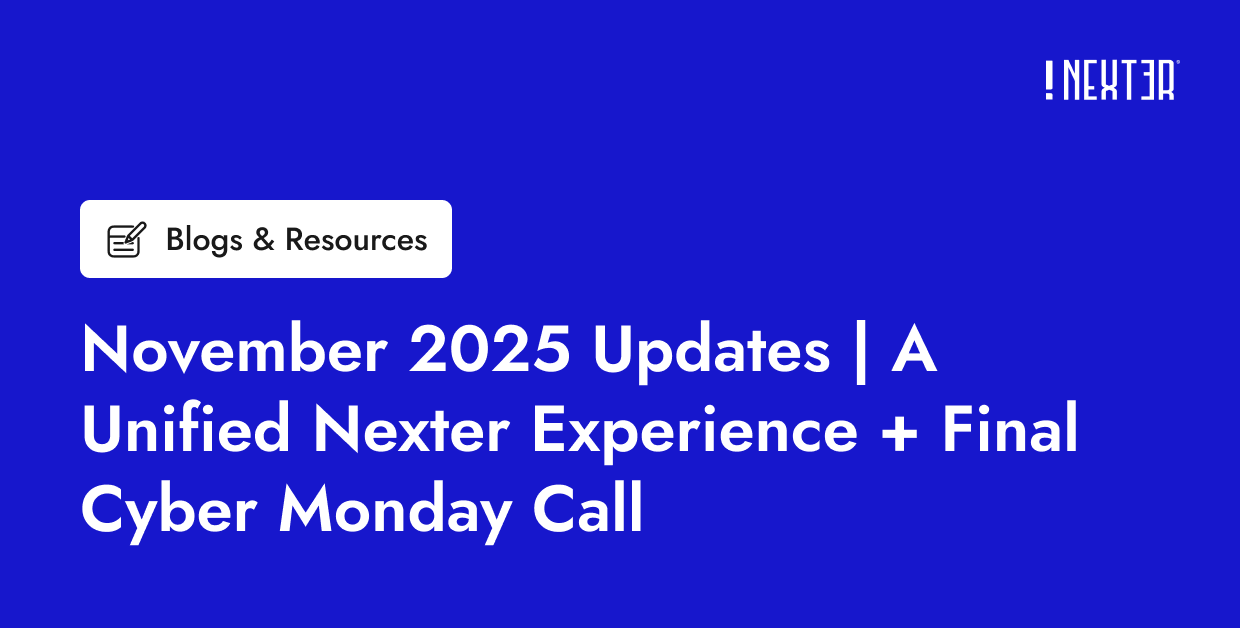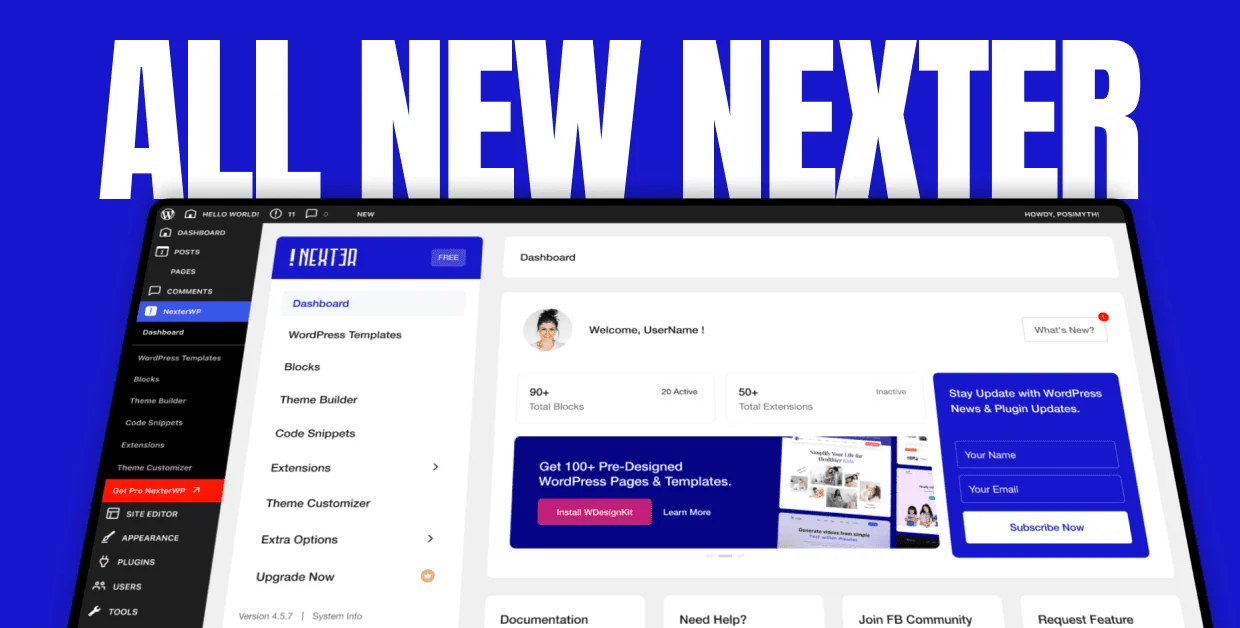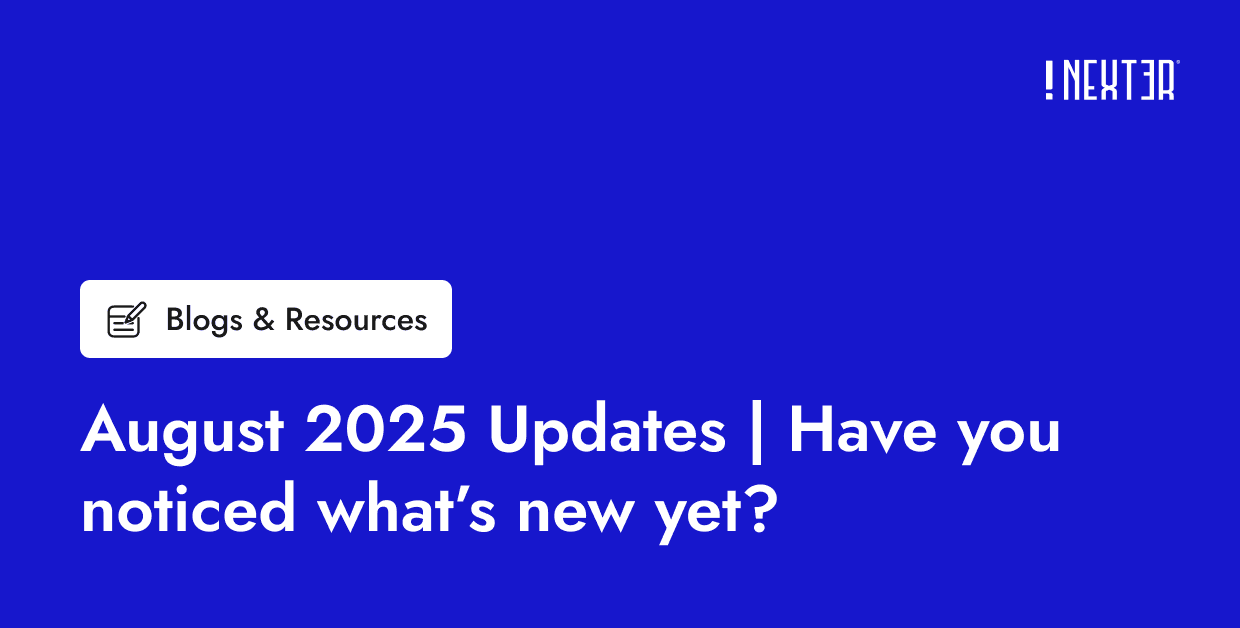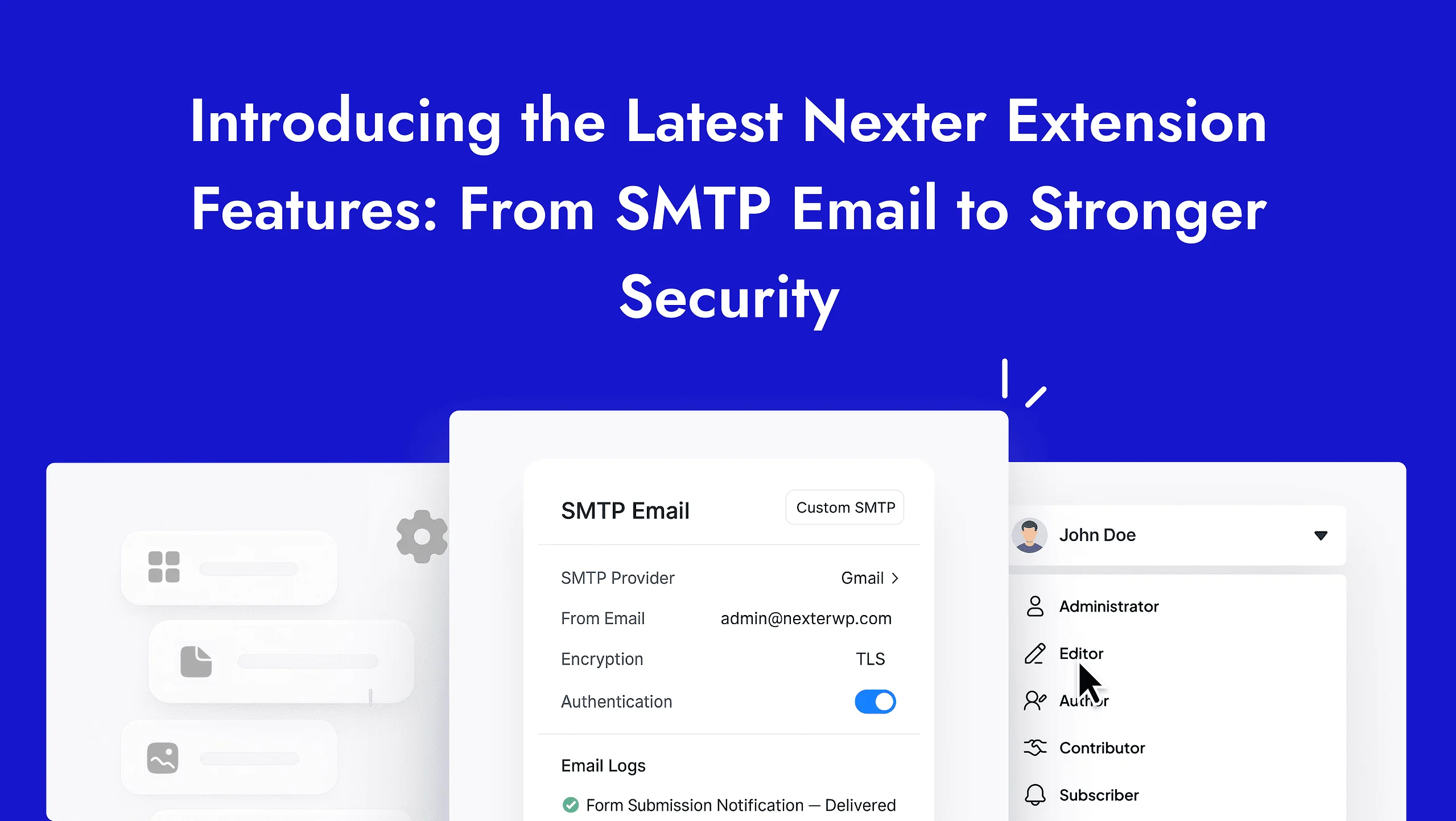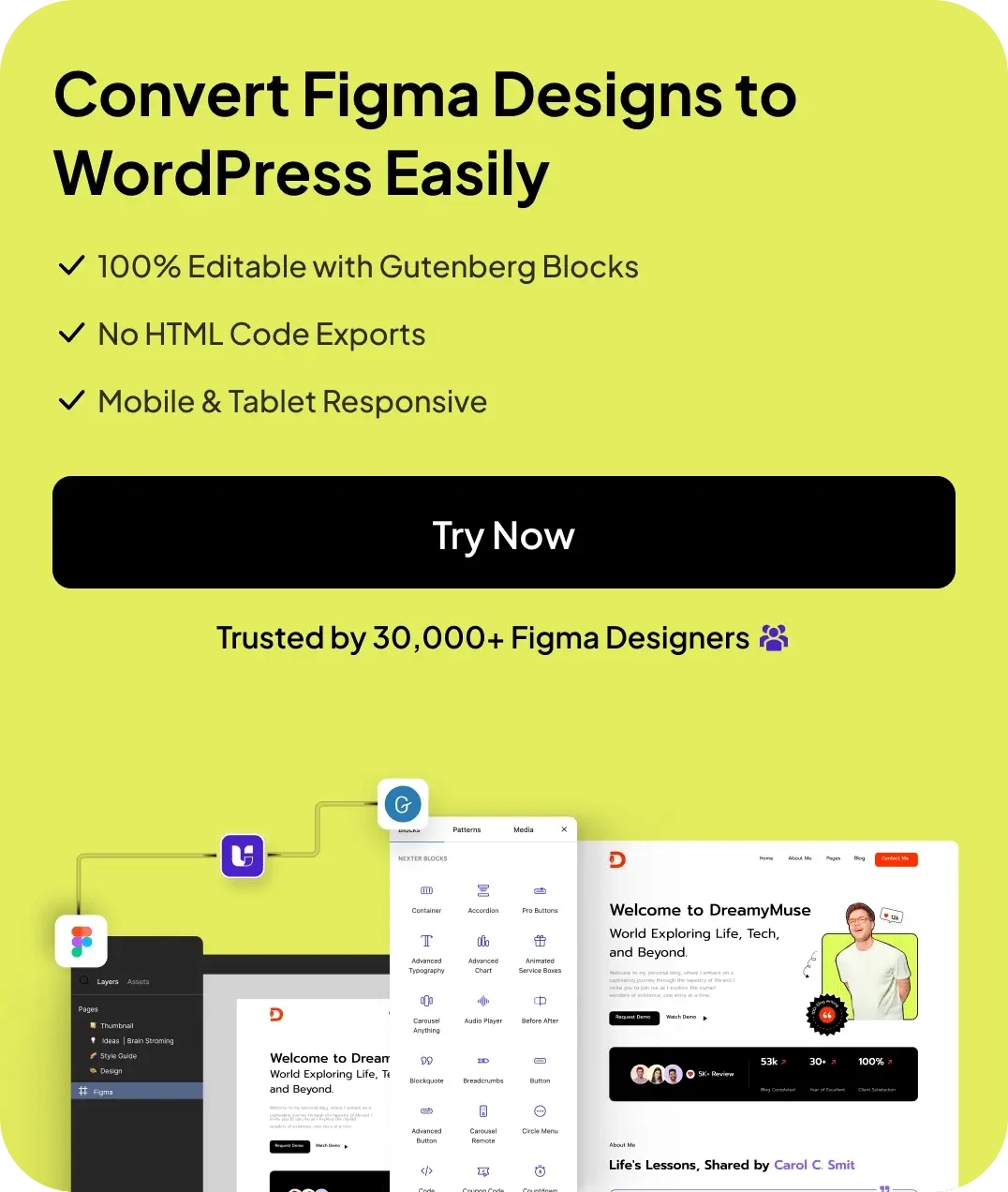Are you struggling to log into your WordPress website?
It’s frustrating when you can’t access your website quickly, especially when you need to make important changes or publish new content. Many users struggle to remember their login URL or credentials, which can slow down the entire process.
Don’t worry, logging into your WordPress website doesn’t have to be complicated. With a few simple steps, you can get to your website’s dashboard in no time, even if you’re a beginner.
In this guide, we’ll show you exactly how to log into your WordPress website securely and quickly, so you can spend less time logging in and more time managing your site.
What is a WordPress Login Page?
The WordPress login page is the gateway to your WordPress admin dashboard. It is where you enter your username and password to manage your site. Without logging in here, you cannot make changes to your content, themes, or settings.
The login page is protected by default to prevent unauthorized access to your website. You may also see options to log in using third-party accounts like Google or Apple if this feature is enabled.
How to Find the WordPress Login URL?
By default, you can find your WordPress login page by adding /wp-login.php or /wp-admin/ to the end of your site’s web address.
For example:
- www.yoursite.com/wp-login.php
- www.yoursite.com/wp-admin/
Both URLs lead to the same login area. If your site uses a custom login URL for security reasons, you will need to know that specific address.
To log in, you’ll also need your username or the email address linked to your admin account. Next, enter your account’s password.
Make sure your credentials are correct because repeated failed attempts may lock you out temporarily.
Some sites may offer extra security steps like two-factor authentication, which you may need to complete after entering your password.
How to Log Into Your WordPress Website
We’ll show two straightforward methods to log into your WordPress website successfully.
Method 1: Logging Through WordPress Login Page
To log into your WordPress website, you need to reach the correct login page, enter your login details, and then understand how to find your way around the dashboard. Each part is straightforward and takes just a few minutes.
Step 1: Access the Login Page
Start by typing your website’s URL into your browser. Add /wp-admin/ or /login/ at the end of the address. For example, if your website is example.com, go to example.com/wp-admin/.
This URL brings up the WordPress login screen. If these don’t work, check with your web host or site administrator. Some sites may have custom login URLs for added security.
Bookmark this login page to save time in the future.
Always ensure you’re logging in through a secure HTTPS connection to keep your credentials safe.
Step 2: Enter Username and Password
On the login page, enter your username or email address linked to your WordPress account.
Type your password carefully.
Passwords are case-sensitive, so check that Caps Lock is off unless your password requires it.
If you forget your password, click the “Lost your password?” link. This lets you reset it by email, so having access to your registered email is important.
Optionally, you might see buttons to log in using Google or Apple accounts if your site supports those. Use those for quicker login if set up.
Recommended Read: 5 Best WordPress Security Plugins to Protect Your Site
Method 2: Logging Through the Hosting Control Panel
You can access your WordPress dashboard through your hosting provider’s control panel. This method is helpful if you forget your WordPress login details or want faster access.
First, log in to your hosting account. Common hosting panels include cPanel, hPanel, or Plesk, depending on your provider.
Look for a section labeled “WordPress Tools” or “Applications”, depending on your hosting provider. Here, you will often find a direct login button to your WordPress admin area.
For example, some hosts offer a Direct Admin Login link. Clicking this usually logs you in automatically without entering your username and password again.
If you don’t see the direct login option, you can find your website URL and append /wp-admin to it. This will take you to the WordPress login page, where you enter your credentials.
Using the hosting dashboard to access WordPress can save you time, especially when managing multiple sites. It keeps your login steps in one place and can simplify password recovery if needed.
Check your hosting provider’s help guides for specific details on where to find these options in your dashboard. The names and layouts can vary.
Want to change your admin Login URL path? Check out this doc – How to change WordPress Admin Login URL Path?
How to Troubleshoot WordPress Login Issues
If you have trouble logging into your WordPress site, it usually involves password errors, redirect problems, or username mistakes. Knowing how to fix these specific issues will help you regain access quickly.
Recovering a Forgotten Password
If you forget your password, use the “Lost your password?” link on the login page. Enter your username or email to get a password reset link.
If you don’t receive the email, check your spam folder. You can also reset it directly through your hosting control panel using phpMyAdmin. Find the WordPress database, open the wp_users table, and edit your user. Replace the password with a new one using the MD5 function for encryption.
Make sure cookies are enabled in your browser, as WordPress needs them to work properly during login.
Resolving Login Page Redirects
If your login page keeps redirecting you without loading, this is often caused by URL or cookie conflicts.
Clear your browser cookies and cache first. If that doesn’t work, check your WordPress URL settings in the database via phpMyAdmin under the wp_options table.
Verify that the site URL and home fields match your site’s domain.
Sometimes, plugins or themes cause redirect loops. To test this, rename the plugins folder via FTP or your hosting file manager.
Try logging in again. If it works, reactivate plugins one by one to find the culprit.
Want to create a login and registration form on your site? Check out this doc – How to Add a Login and Registration Form in WordPress?
Fixing Invalid Username or Password Errors
If WordPress says your username or password is wrong, first double-check spelling and capitalization.
If you are sure your credentials are correct but still can’t log in, you might have a corrupted database entry or a site configuration problem.
Reset your password using phpMyAdmin or create a new admin user via SQL queries. You can add a new admin by inserting data into the wp_users and wp_usermeta tables.
Make sure your WordPress and site URLs match and that your database is intact to avoid more login issues.
Wrapping Up
Logging into your WordPress website doesn’t have to be time-consuming or confusing. Whether you use the default login URL or access it through your hosting dashboard, in this blog, we’ve discussed both methods to help you know how to log into WordPress quickly and securely.
But speed shouldn’t come at the cost of safety.
To keep your website protected from unauthorized access, consider enabling extra security layers like two-factor authentication and login email notifications. These features are available in Nexter Extension, which not only helps you log in with peace of mind but also alerts you to any suspicious login attempts in real time.
A secure site is a stable site, and that starts with a secure login.
Explore Nexter Extension pricing to add powerful security features without breaking the bank.
Stay updated with Helpful WordPress Tips, Insider Insights, and Exclusive Updates – Subscribe now to keep up with Everything Happening on WordPress!
FAQs on Logging into Your WordPress Website
What is the default login URL for accessing the WordPress admin dashboard?
The default URL is your website’s domain plus “/wp-admin”. For example, if your site is example.com, you go to example.com/wp-admin.
How can I find my WordPress admin username and password?
Your username is usually set when you first install WordPress. The password is the one you created during setup or later changed. If you don’t remember, check your email for setup details or ask your site administrator.
Can I sign in to my WordPress site using my Google account?
By default, WordPress does not support Google account login. You must use your WordPress username and password unless you add a plugin that allows social login.
What should I do if I’m unable to access the wp-admin page?
First, clear your browser cache and cookies. If that doesn’t work, check if your site URL is correct. You might also have a plugin or theme conflict; disabling plugins via FTP could help.
How do I log into my WordPress site on a local server?
Use “localhost” or “127.0.0.1” followed by “/wp-admin” in your browser. For example, localhost/wp-admin will lead you to the login page on your local computer.
What steps can I take if I have forgotten my WordPress login credentials?
Go to the login page and click “Lost your password?” Enter your username or email to get a reset link. Follow the email instructions to set a new password.
